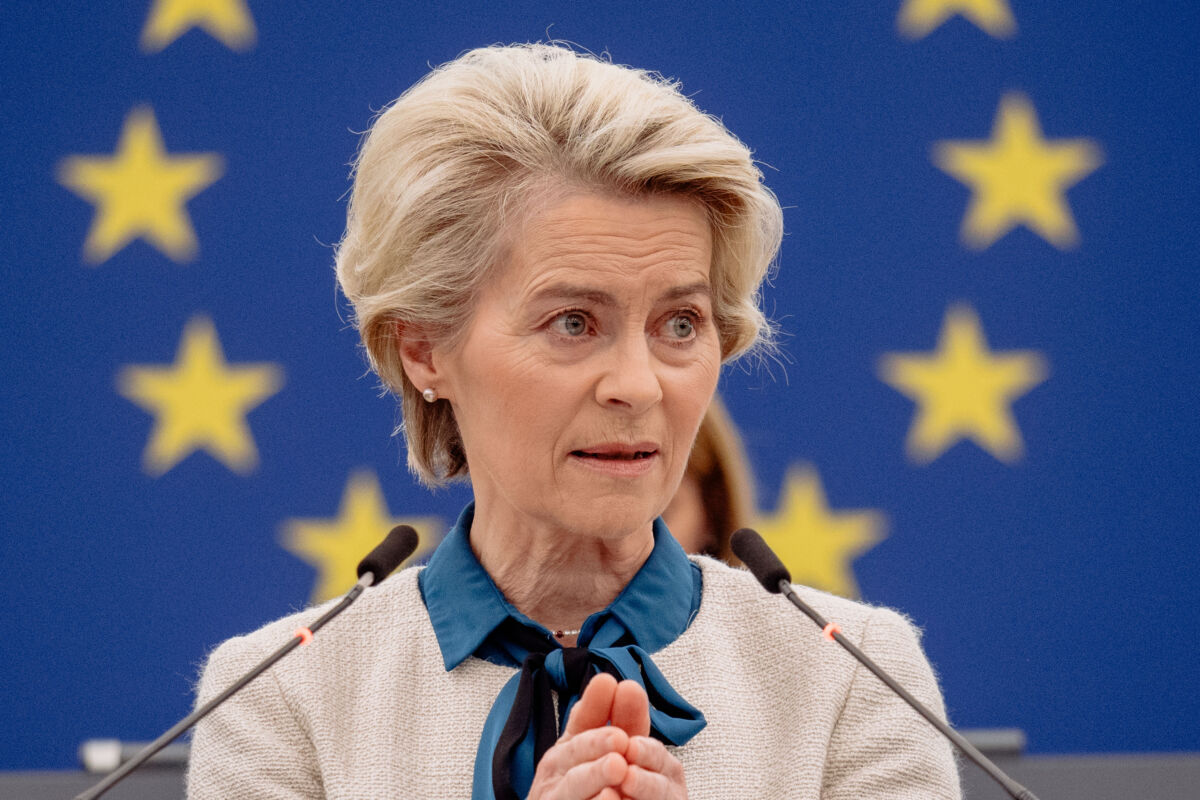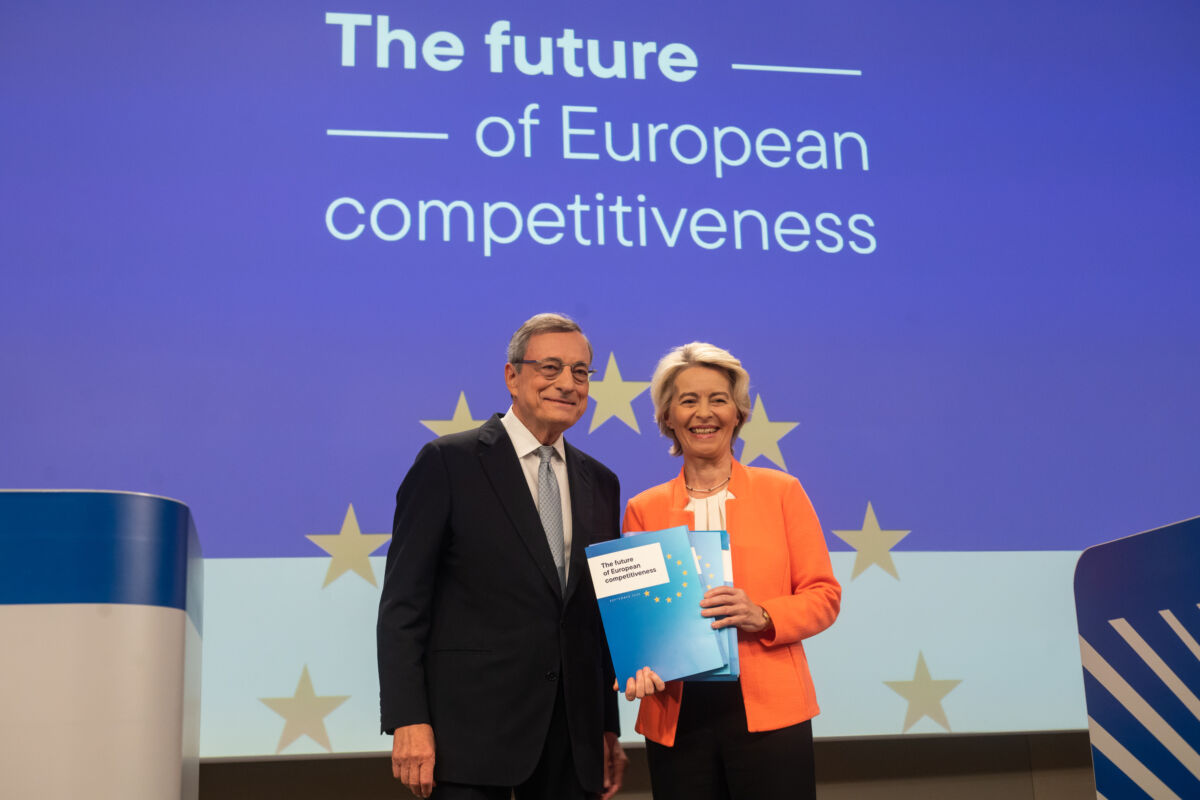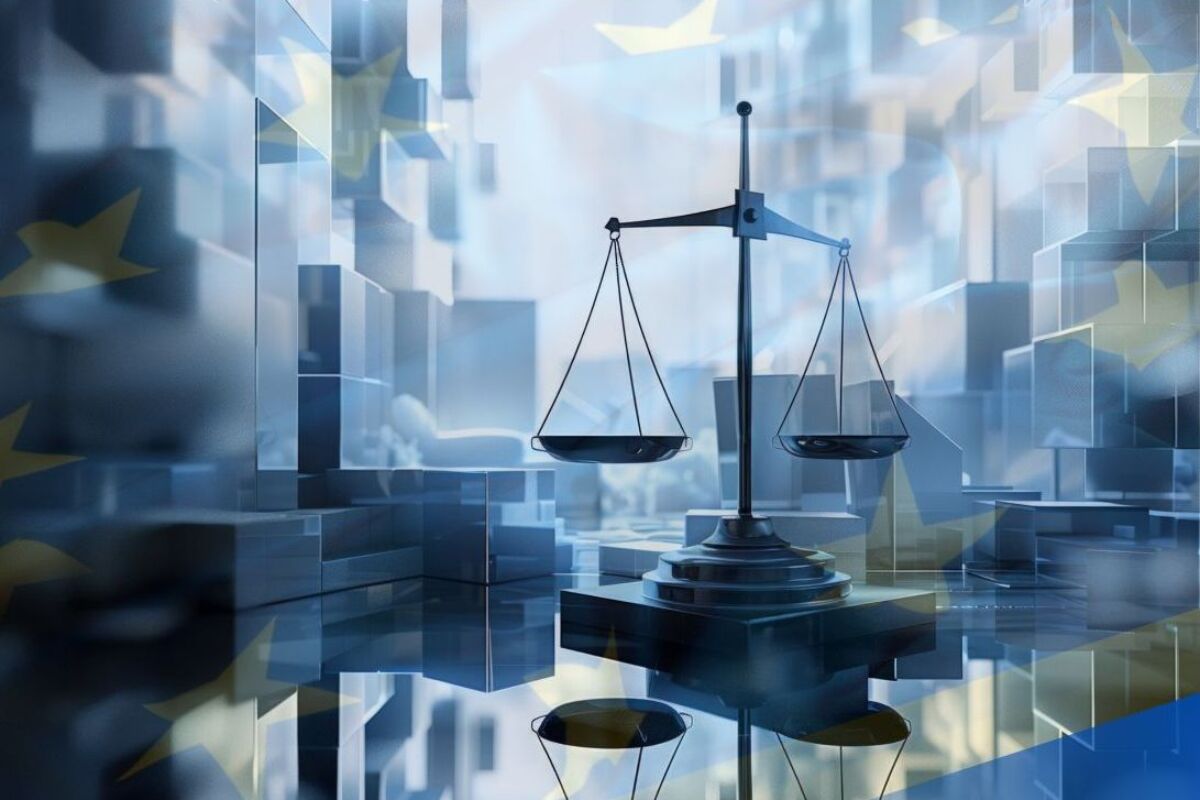The complexity of EU law dealing with digital services has exploded over the past five to 10 years, both in the sheer number of laws that have come into force, and in how complicated they are. Under these circumstances, the task of ensuring consistency across these laws – not only in the laws’ text but also how they’re enforced among Member States – has absolutely exploded. The Letta report, the Draghi report and the Commission’s new Competitive Compass have all called for making EU regulation simpler, more coherent and more consistent across the Member States.
Multiple reports and surveys show that businesses are not only concerned about the growing regulatory burden but are also increasingly uncertain over how to comply with multiple laws that cannot be guaranteed to be fully mutually . Despite the legislators’ best efforts, experience has shown that some inconsistencies only become evident once the laws have come into force – and that’s why we need to set up a new coordination body to rectify this, an EU Digital Clearinghouse.
A growing volume of EU law
A huge volume of new EU law relevant to digital policy has been enacted over the past few years. Not only has the number of digital measures grown from roughly 20 to 88 since 2012, but many of the new laws are infernally long and complex. Conspicuous among this burdensome alphabet soup of new laws are the EECC, GDPR, DSA, DMA, DGA, the Data Act, and the AI Act.
The cancerous growth of EU-level legislation ought to be trimmed back by the REFIT process, ex post evaluation and the ‘one in one out’ strategy, but each of these is underperforming in one way or another. The new Competitiveness Compass seeks to trim back some of the excess but whether it’ll prove to be effective remains to be seen.
Different dimensions of a lack of coherence
The interactions between and among these measures, and with existing EU legislation, are difficult to foresee in full. There are at least three distinct but mutually inter-related dimensions of potential mismatches among the laws.
First, with the growing links between regulatory topics that historically were little related to one another (such as, for example, privacy, competition law and consumer protection), the risk of unintended inconsistencies among different laws has grown immeasurably. Second, the volume and complexity of new laws has been exacerbated by the ever-present tensions over how EU laws are implemented among the Member States – and how that implementation is coordinated with the European institutions.
As far as distinct topics are concerned, digital policy is so broad and cross-cutting that it touches on many specialised thematic areas. These include industrial policy, innovation, competition, freedom of expression, privacy and security. An expert in one of these areas will not necessarily be conversant in the others. The need for an overarching view is, however, becoming increasingly evident.
A recent working paper by the European Data Protection Supervisor (EDPS) clearly expresses the problem. It notes that the proliferation of often overlapping legal requirements applicable to market players in the EU digital economy often place them – and their regulators – in a difficult position: ‘They are compelled to implement and apply rules that cover the same or similar conduct – although to pursue different policy objectives – that may produce inconsistencies that are not easily solved by isolated interpretive efforts.’
Most of the existing and new measures have mechanism for coordination among the Member States, and between the EU institutions and the Member States, but no two use the same mechanism. Some are working well, while others have shown themselves to be problematic, with the GDPR’s ‘one stop shop’ being a good example of a mechanism that is arguably performing poorly.
It’s appropriate that different legislative measures have different coordination mechanisms because they’re seeking to solve different problems. How far solutions need to be tailored to national circumstances varies with the needs of the problems that they seek to address, and with the markets that are concerned, and with the degree of consistency with pre-existing Member State laws that might be required.
In short, one size cannot fit all. One still must wonder if it’s necessary – or even helpful – for every law to embody its own unique coordination mechanism.
What could be done at European level?
A lack of coherence has already shown itself to be a serious risk area for digital services regulation. With the explosion in new digital services legislation, there’s a much greater risk of a lack of coherence among different legislative measures and different EU and Member State implementation bodies. Regulators, courts and other policymakers do their best but current half-measures have reached their limits – comprehensive fixes are needed.
The mechanisms to foster greater dialogue and coherence across the multiple areas of digital regulation that have been implemented in the Netherlands, other EU Member States and the UK might offer a useful starting point.
To improve coordination across thematic areas, the EU should put in place a coordination body like the UK DRCF. This could take inspiration from the Digital Clearinghouse 1.0 that the EDPS put in place a few years ago and from the DMA’s High-Level Group. It should be supported by a paid secretariat but with as lightweight a structure as possible. The seat should be chosen for reasons of overall efficiency, independent of the ‘pork barrel’ considerations that often dictate the location of small EU independent agencies.
Rather than a purely voluntary structure, the body should be able to make concrete recommendations (not necessarily limited to near unanimity). Small surgical changes in existing laws could empower regulatory bodies such as the EDPB and BEREC to participate, and to ‘take account’ of the new body’s recommendations.
Poor coordination between the EU institutions and the Member States, and among the Member States themselves, constitutes a more challenging problem. The ongoing shift from directives to regulations, and from loose harmonisation to strict harmonisation, will be appropriate for enhancing harmonisation for many laws but not for all – some decisions are most appropriately taken at Member State level due to Member State specificities, and in line with the subsidiarity principle.
Dealing with existing laws that have coordination mechanisms but are underperforming will be difficult and time-consuming. A necessary first step would be a re-vamping of the ex-post evaluation process together with a major expansion of the REFIT process. The most problematic coordination mechanisms could then be migrated over time to more effective mechanisms. A dedicated coordination body would be instrumental in making this a success.
This CEPS Expert Commentary is part of a special series being published prior to the CEPS Ideas Lab on 3-4 March 2025 to showcase some of the most innovative ideas we’ll be rigorously debating with our participants. More info can be found on the official Ideas Lab 2025 website.





































